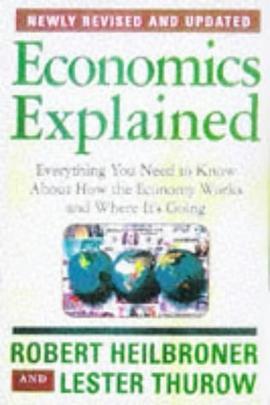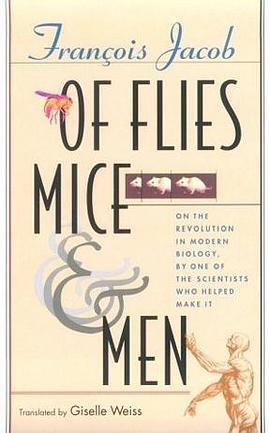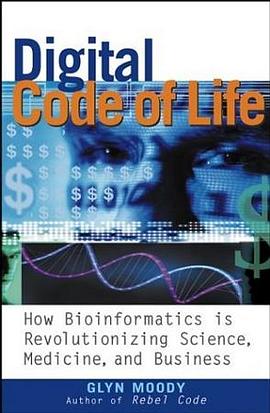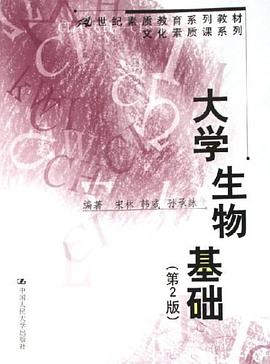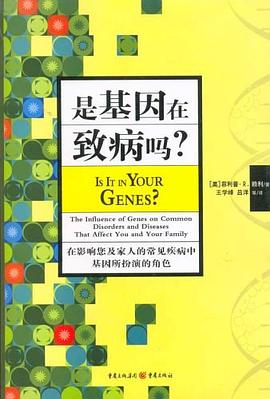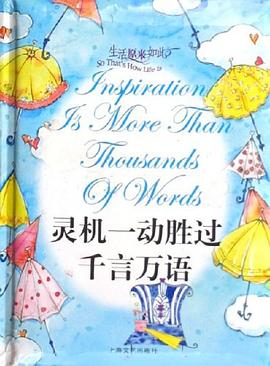
The book argues that Shakespeare’s representations of imagination—the many hallucinations, illusions, and dreams in his works—draw their complexity from the interdiscursive confrontations between early modern faculty psychology and the history of science. During the Renaissance, imagination (also called the fantasy or fancy) was understood as a faculty of the soul, that which creates the phantasms or images needed by the mind to perceive, reason, and recall. The book explores how this psychology of imagination, developed by ancient and medieval philosophers, was disrupted in the sixteenth century by developments in proto-scientific fields such as anatomy, medicine, mathematics, and natural history. Guided by Shakespeare’s plays and poems, different chapters consider different aspects of imagination destabilized during this time—its place in the brain; its legitimacy as a form of knowledge; its pathologies; its relation to matter, light, and nature. In giving aesthetic expression to the epistemological problems surrounding the idea of imagination, Shakespeare made this element of cognitive theory the property of literary art.
具體描述
讀後感
評分
評分
評分
評分
用戶評價
相關圖書
本站所有內容均為互聯網搜索引擎提供的公開搜索信息,本站不存儲任何數據與內容,任何內容與數據均與本站無關,如有需要請聯繫相關搜索引擎包括但不限於百度,google,bing,sogou 等
© 2025 qciss.net All Rights Reserved. 小哈圖書下載中心 版权所有




